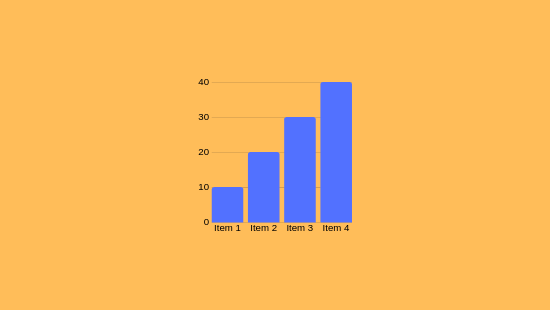Forex Indicators: How They Work
Forex Indicators: How They Work
Blog Article

As you delve into Forex indicators, you'll discover they're mathematical tools analyzing price and volume data to forecast market movements. These indicators assist in identifying market patterns, confirming market cues, and detecting extreme market conditions situations. For instance, the Relative Strength Index (RSI) tracks market force, while Bollinger Bands measure variability. Refining your trading strategy by combining these indicators is essential, especially if aiming to manage risk effectively.
Understanding Forex Indicators
Forex measurement tools are mathematical aids integrated in charts to aid investors in analyzing market trends and executing calculated trades. They offer insights into price changes and potential trading opportunities by processing historical and real-time data.
Forex tools are categorized into four main types: trend indicators (e.g., Moving Averages), momentum indicators (e.g., Relative Strength Index), volatility indicators (e.g., Bollinger Bands), and volume indicators.
These instruments can indicate market turns, confirm trends, or indicate extreme buying/selling. If you're looking to enhance your methodologies, grasping their roles is vital.
Types of Forex Indicators
When assessing market trends, traders often deploy a variety of indicators to guide their trading choices.
Forex indicators can be grouped into different types, each serving specific purposes.
Trend Indicators like Moving Averages (MA) and Bollinger Bands assist in detecting trends and potential breakouts.
Momentum Indicators, such as the Moving Average Convergence/Divergence (MACD) and Relative Strength Index (RSI), recognize shifts in price momentum and highlight overbought or oversold conditions.
Volatility Indicators like the Average True Range (ATR) quantify market variability, helping traders in setting stop-loss thresholds.
If used strategically, these indicators can boost trading proficiency.
Key Indicators for Trading Decisions
To effectively make trading decisions, grasping and utilizing key indicators that analyze market conditions is imperative.
Price Movements (MA) display average prices over specific periods, unveiling tendencies by evening out variations.
The Relative Strength Index measures momentum on a 0–100 scale, indicating excess buy above 70 and highlighting excessive sell below 30.
Moving Average Convergence Divergence compares two EMAs to validate directional trends, with histograms illustrating bullish or bearish phases.
Bollinger Bands utilize variability measures around a moving average to determine volatility and potential reversals.
Retracement intervals denote support/resistance zones considering historical shifts.
Synthesizing these indicators enhances precision by authenticating prompts if aligned, facilitating precise timing for currency matchups.
Using Indicators for Risk Management
As you fine-tune investment methods, effectively applying indicators for risk management is crucial. Tools like Moving Averages and Bollinger Bands gauge fluctuations and identify potential entry/exit points for risk minimization.
These instruments permit the setting of stop-loss orders and limit orders, critical for limiting possible losses.
For instance, using trade protections caps losses to a certain amount, such as 2% of your trading capital per trade. This disciplined read more tactic aids in managing forex risks by limiting exposure to fluctuations and leverage, which are notable risks in forex trading.
Integrating Indicators for Improved Precision
Merging measurement tools is a sophisticated strategy for elevating accuracy in forex trading. This method enables for the leveraging of multiple tools to examine several facets of market behavior, such as trends, momentum, and variability.
By utilizing indicators like Moving Averages, RSI, and MACD, you can formulate formidable trading strategies. Instance given, combining Moving Averages with RSI and Volume confirms trends and drive, while Bollinger Bands with Stochastic assess fluctuation and anticipate reversals.
If indicators from separate categories work together, duplications are reduced, and investment prompts are intensified.
Conclusion
You now grasp how forex indicators function, covering their diversities like trend, momentum, and volatility tools. These elements aid in uncovering pivots and validating ongoing trends. By integrating indicators, investment accuracy is enhanced, and risk oversight is better managed. For instance, using the Relative Strength Index (RSI) to highlight buying peaks and Bollinger Bands to analyze fluctuation can improve your decisions. Report this page